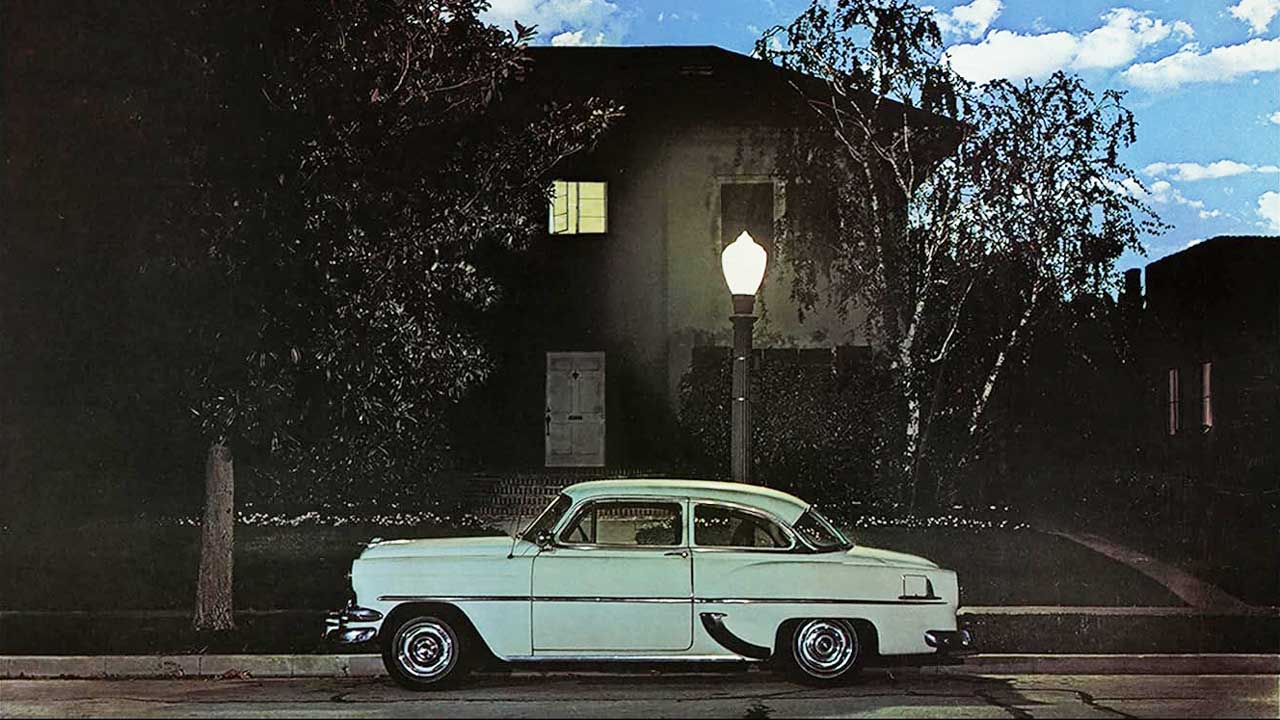
By the time he was hired by Jackson Browne to work on 1974’s Late For The Sky, American graphic artist Bob Seidemann was already infamous. As well as his controversial reinterpretation of the Pietà (it reversed the theme of Michelangelo’s famous sculpture by depicting Jesus cradling Mary), this was the man who had photographed the naked 11-year-old girl on the sleeve of Blind Faith’s eponymous 1969 album.
Browne had a less provocative theme in mind for the sleeve of his third album. Arriving at Seidemann’s studio in Los Angeles, the singer-songwriter reportedly pinned a poster of René Magritte’s 1954 painting L’Empire Des Lumières (depicting a darkened house beneath a brilliant blue sky) onto the artist’s wall, and explained that this was to be the conceptual blueprint.
“He asked me to replicate it with a Chevy in front of a house,” Seidemann recalled in Rich Wiseman’s biography The Story Of A Hold Out. “It was Jackson Browne’s Los Angelisation of Magritte.” (Browne cheekily credited the cover to ‘Jackson Browne – if it’s all reet with Magritte’.)
Catching the shot of the house and the Chevy at the precise moment when dusk fell took weeks.
“I wanted just enough light so that we could catch the edge of the leaves on the trees. If it was too dark, those leaves would have disappeared into the night,” Seidemann explained.
“One of the reasons the photo works so well,” he adds, “is that it’s photographically accurate; it’s not painted in.”
Seidemann was prepared to be a little more flexible when it came to the sky above the house. Unable to nail a suitable shot of clouds and blue sky in Los Angeles, he ended up borrowing an image of the New Mexico desert from a book by the nature photographer David Muench. It was the final piece in the jigsaw.
The result was a striking juxtaposition of light and dark that served as a visual extension of Browne’s bitter-sweet lyrics. When Late For The Sky was released in 1974, one observer described the sleeve as a “tantalising statement about the surrealistic element in design and illustration”, while another noted that it “skilfully exemplifies contemporary design’s fascination with surrealism”.
Browne liked it too. “I spoke to Jackson in 1980,” Seidemann says, “and he told me it was his favourite cover.”







